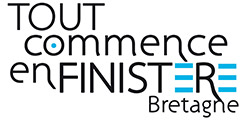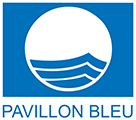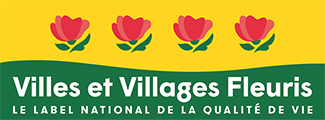Every day, twice, the sea enters the marsh. In this part called the slikke by scientists, only halophilic plants can survive. And again, just at the entrance, the current is too strong for the large algae to “cling on”. There are rather green algae such as ulva or enteromorphs.
Animal life is both discreet and very rich: psammivorous lugworms are indicated by twists of sand, filter-feeding shells (especially clams and cockles)... Where the water remains, i.e. in the channel or in small ponds, crabs, alevins (of bars, mullet or plaice) and prawns abound. But there is also everything you cannot see: phytoplankton (essentially made up of micro-algae such as diatoms), zooplankton... There is also a remarkable plant on a small islet in the middle of the slikke, the spartina. It is one of the rare phanerogams that live and reproduce at sea. It is of great importance because it is the one that colonizes the mudflat first. It traps the mud, the level of the ground rises, leaving the possibility of the salicornia then to the soda and the obione to settle. This is how the schorre is gradually formed.









